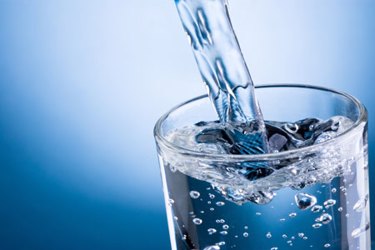Why Free Chlorine Levels Matter, And The Simple Way To Accurately Measure

For over a century, chlorine has been used to provide clean drinking water to communities in the U.S. and across the world. In the correct doses, chlorine can kill a wide range of pathogens while remaining safe for people and animals to consume. The key there is dosage, as too little chlorine will not have the disinfecting power required to eliminate the most critical pathogens. Too much chlorine can cause water to taste and/or smell unappealing, or worse, have long-term negative impact.
This is why measuring chlorine levels in drinking water before it leaves the water treatment plant (WTP) is important. However, once chlorine enters the water it begins to change. As such, there are technically three measurements that operators and water quality managers need to know at any given moment: the amount of free chlorine, combined chlorine, and total chlorine. Understanding these metrics and their role is the foundation of clean drinking water.
Get unlimited access to:
Enter your credentials below to log in. Not yet a member of Water Online? Subscribe today.
